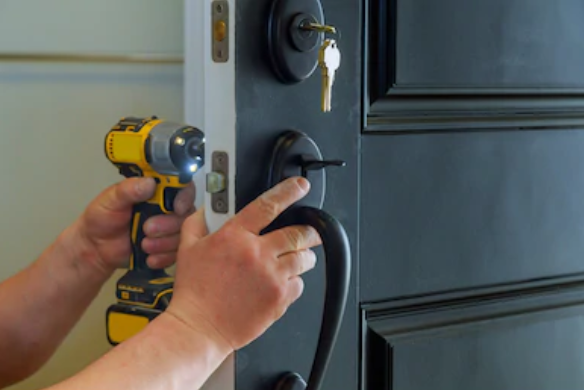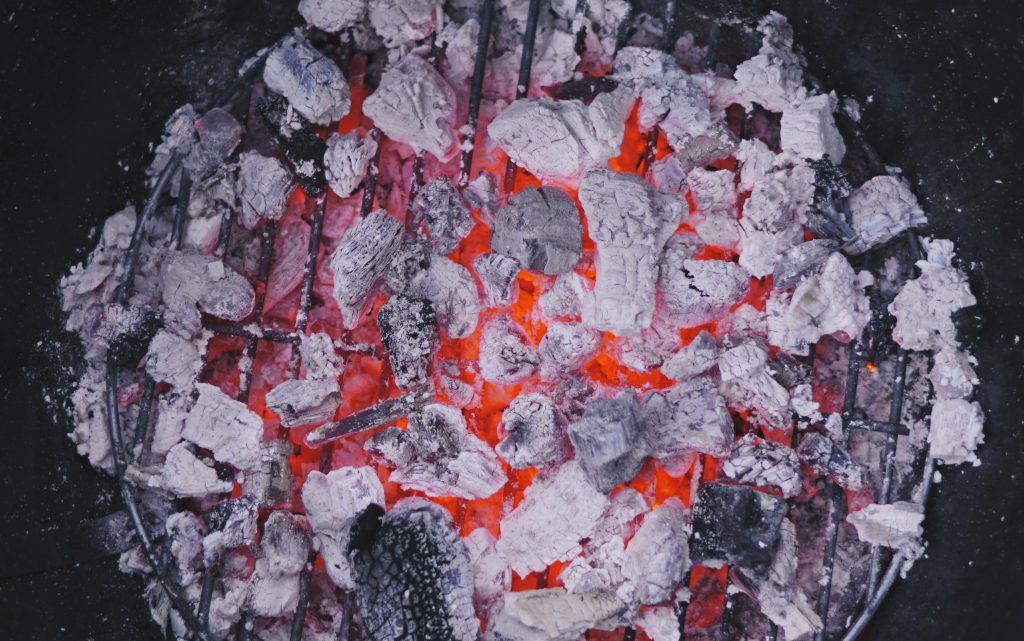If you’re planning to build a walkway around your home, you might be wondering how much concrete it will take. This post will help you determine how much concrete you’ll need by providing helpful tips and tricks to prevent costly oversights.
The difference between common concrete grades
There are two main categories when it comes to concrete:
– Commercial or industrial-grade concrete;
– Residential or consumer-grade concrete.
For professionals who need to take care of the construction of a building, commercial-grade concrete is the best option. Its strength and density make it ideal for heavy construction.
The advantages of commercial-grade concrete are that it has a significantly longer life span than residential-grade concrete.
Commercial grade concrete can be used for walls, floors, columns, and stairs.
Ones that need to stand up to harsh weather conditions or high foot traffic may want to go with residential grade concrete instead. The residential grade will certainly cost less than commercial, but it can cause damage over time due to its lack of strength and durability.
Residential Grade Concrete
Residential grade concrete is made with an 80/20 cement and sand mix. The portland and fly ash ratio is typically lower than commercial-grade concrete, which means the concrete is less rigid. This type of concrete will not withstand foot traffic or harsh weather conditions.
Its main advantage is cost. It’s a great option for those who need to cover a large area in concrete but don’t want to spend too much money on it. An often overlooked feature of residential grade concrete is its being environmentally friendly since less cement needs to be used in its production.
How to choose the best cement for walkway concrete
There are a few things you’ll need to consider when choosing the right cement for your concrete work.
– Color of your finished surface.
– The uniformity and depth of your finished surface.
– Whether it’s thicker or thinner than normal.
The color of the finished surface is determined by the pigment content in the cement you’re using, which can range from zero (not pigmented at all) to 100% (the most pigmented). The higher the pigment content, the darker and more opaque the concrete. It also means that it will take longer to dry before it sets, affecting its durability over time.
The uniformity of your concrete is determined by the ratio of the total pore size in your mixture. If you have a large pore size, it will create a smoother surface like normal concrete. For example, if you use a 20% cement blend with 5% fly ash, your finished surface will be similar to what commercial-grade concrete gives. It will be more uniform and have little variation in color and depth.
A thicker or thinner concrete than usual may be beneficial if you’re looking for something different or unusual than usual. For example, thick concrete can help increase strength and durability of walkway house improvement projects.
Tips & Tricks to Prevent Costly Oversights on Concrete work
1. Design your walkway before you start the concrete work for it.
Design the walkway first to make sure you’re getting the most out of your concrete work. A good way to do this is to use a line level and set it along one walkway edge. This will help eliminate unnecessary costs by ensuring that the correct door height for a standard doorway is met, the correct width and depth have been achieved, and any sloped or uneven surfaces are properly integrated into your plans.
2. Use a material not normally used with concrete as it could lead to costly oversights.
Using a material not used to produce concrete work can make your whole project more expensive. For example, if you use some material like sand with high clay content, it could need extra additives and fillers to compensate for the thickening effect of the clay in your mixture.
3. Double-check everything before starting concrete work on your walkway house improvement project.
Always double-check that everything is as it should be before starting any concrete work. This will help eliminate costly oversights and mistakes that could turn into major issues later in your project.
4. Coordinate your concrete work with other contractors if they’re involved.
Conclusion
No matter what kind of concrete you desire, the final product can easily be used for many different purposes in your home.
We have shown you a few different ways to achieve different types of concrete and how to create a walkway or patio with it.
The best part about this is that no complicated processes need to be followed, and it can easily be achieved at reasonable pricing. Thanks go to our friends at Knoxville Concrete for their contributions and sharing their wisdom with us to write this article.



